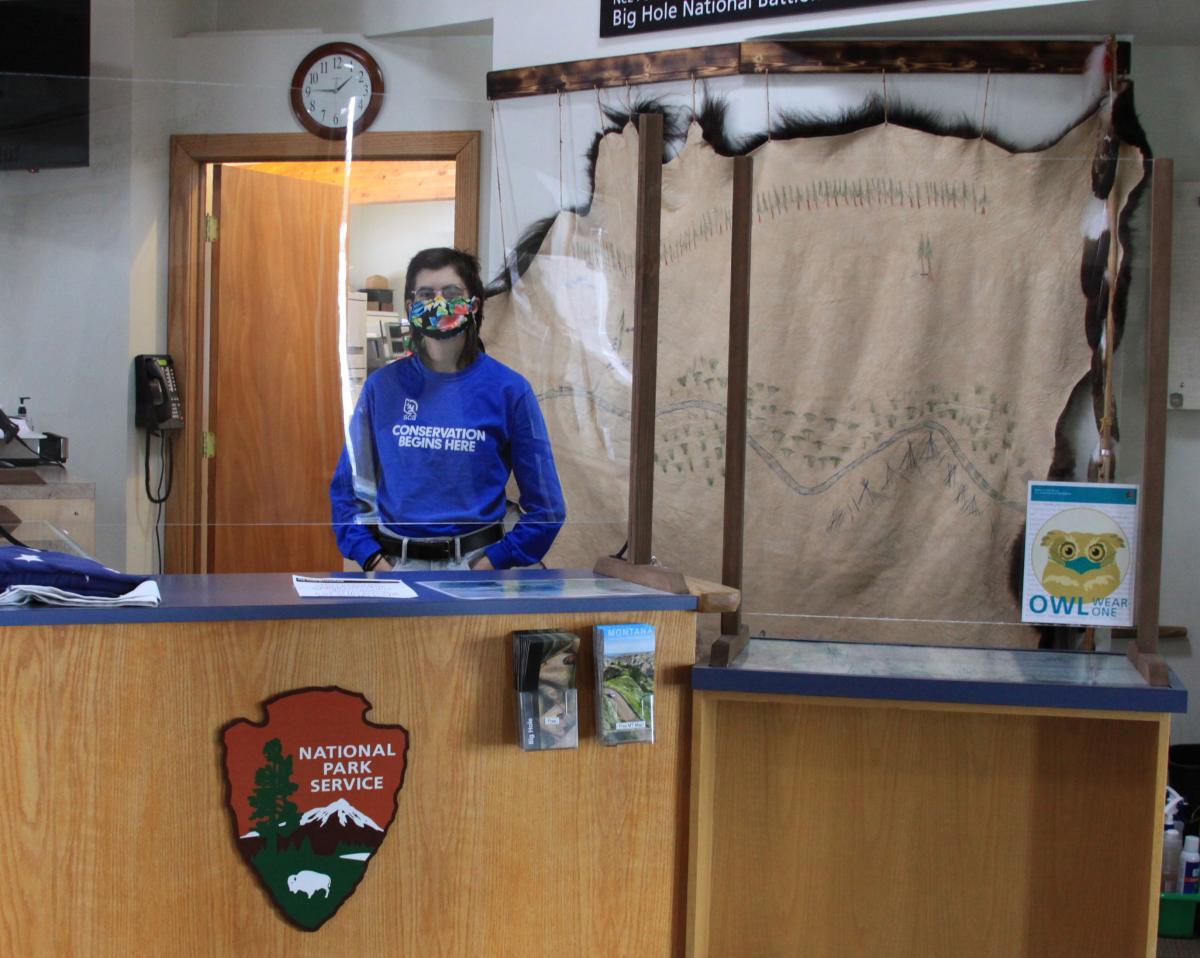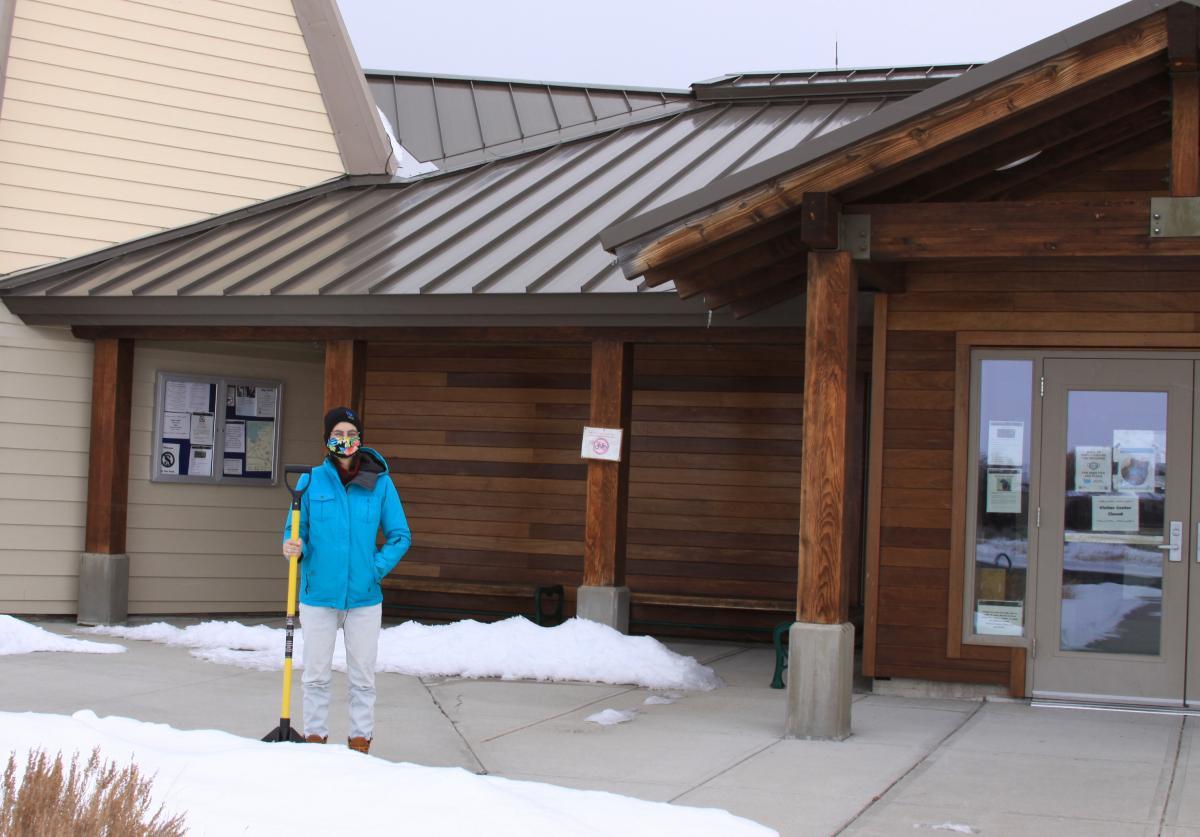Suzanne Tarkulich arrived at Big Hole National Battlefield in Montana in October, and already she’s visited Yellowstone, Grand Teton, and Glacier National Parks, as well as Craters of the Moon National Monument and many of the surrounding towns. “I’m trying to do as much as I can before winter really sets in,” the public education intern acknowledges.
Suzanne says her Battlefield colleagues warned her that local temperatures have sunk as low as -55 F, but the Monument’s mission outweighed any meteorological concerns. “They do a really good job here of telling the story of a historically marginalized group, and that really excited me.”
Big Hole commemorates a moment in the late 19th century conflict between the Nez Perce Tribe and the U.S. government. Early one morning, Army soldiers attacked the Nez Perce as they slept. When the gunfire ended, some 90 Tribes people were dead, as were 30 servicemen. “It’s a remarkable story,” Suzanne asserts, “that offers an important lesson for the state of our country today.”

The Nez Perce Flight of 1877 came as the government forcefully relocated the tribe from their ancestral homelands to a reservation in Idaho. Those camped at Big Hole were hoping to escape to Canada, only to be gunned down.
“But even shortly after the Flight and the battles that took place,” Suzanne notes, “the Nez Perce people put an emphasis on forgiveness.”
Today, the Tribe and the National Park Service are working together. By mutual agreement, recently installed Big Hole exhibits tell the story of the clash without rancor. “We try to emphasize the importance of understanding the other side,” Suzanne explains. “It’s about mending relationships.”
As the season turns, however, public outreach becomes more challenging. It snowed the other day and only two visitors braved the icy conditions. Of course, there’s not only the weather to contend with but the ongoing pandemic as well, which Suzanne notes has thrown into question the Battlefield’s annual Coyote Camp – a series of educational field trips for local school children.
“We’re starting to explore virtual learning,” she says. “We have reached out to schools we’ve historically worked with to see if they would be interested. And I’m working on new curricula for that.”

So, for now, the 24-year old Massachusetts native has one eye on her laptop and the other on the thermometer. “I live within walking distance of work,” she says. “The weather here is typically colder than Boston, and I lived for two winters in Maine, but 30 below in January will be a first for me.”
Top photo courtesy of National Park Service